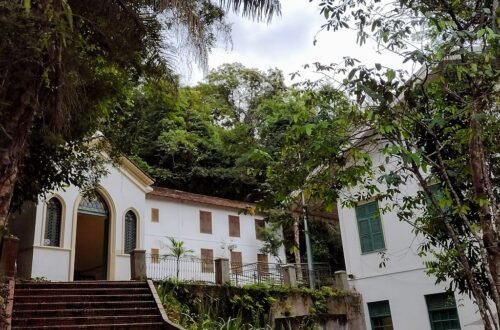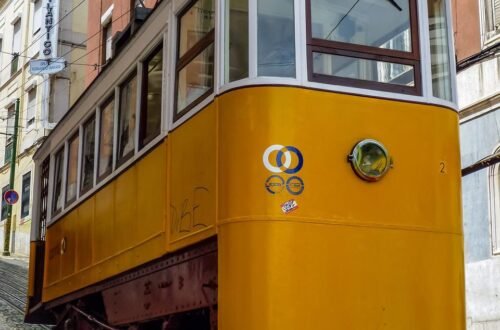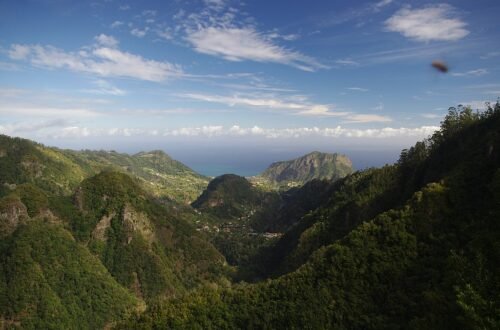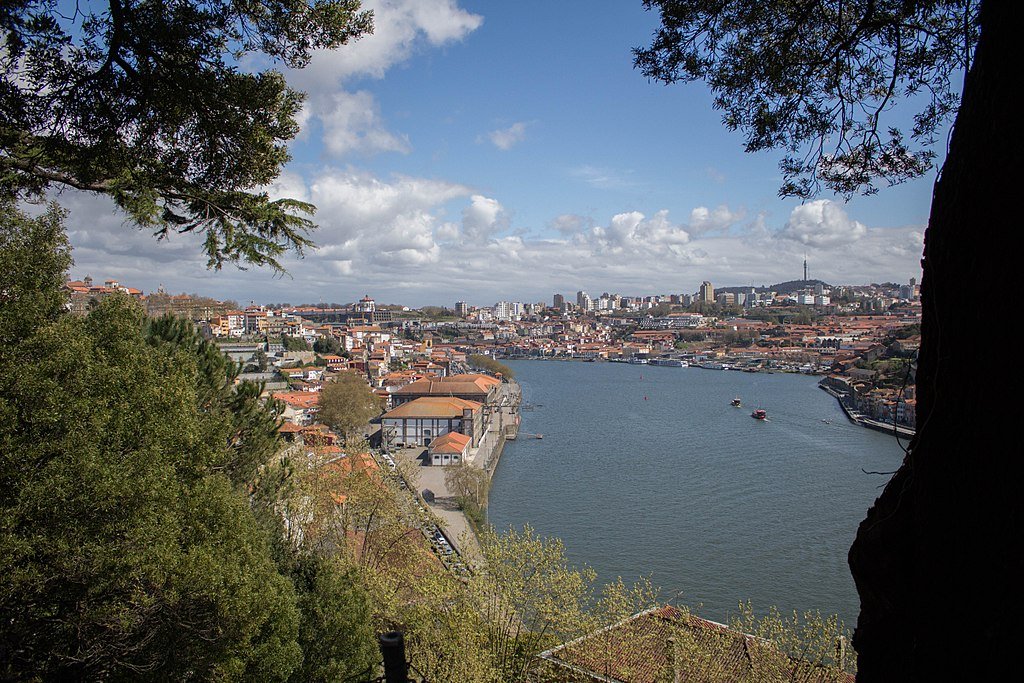
15 Things to Visit in Porto (Portugal)
Porto, a historic mercantile city with commerce and trade etched into its very name, is located on the slopes above the Douro Estuary. You’ll be astounded by how rich and varied this legacy may be when you visit the centre, which is a World Heritage site: The Romanesque Cathedral, the Ribeira district’s narrow alleyways, sparkling Baroque churches, and medieval fortifications are just the beginning. Fortified port wine is still stored in warehouses on the south bank of the Douro, and if you track the river to the ocean you arrive at the stylish Foz do Douro district for beaches and hip restaurants. Let’s examine the top activities in Porto:
- Muralha Fernandina
- Parque de Cidade
- Church of São Francisco
- Beaches
- Jardins do Palácio de Cristal
- Luís I Bridge
- Casa da Música
- Foz do Douro
- Praça da Liberdade
- Serralves Museum & Villa
- Clérigos Church
- Porto Cathedral
- Church of Santa Clara
- Palácio da Bolsa
- Cais da Ribeira
Muralha Fernandina
.jpg)
There’s a length of Porto’s 14th-century wall just up from the Luís I Bridge and runs almost parallel to the funicular. Even though it is a World Heritage Site, travellers don’t always fully appreciate this site. Battlements are accessible from Largo 1. de Dezembro, and a lovely garden with orange trees surrounds the wall at the entrance. The UNESCO signage along the way will provide some historical context for Porto in the Middle Ages. Best of all, though, is the unrivalled view of the Douro from up here.
Parque de Cidade

The Parque de Cidade, which covers 83 hectares and extends as far west as the Forte de So Francisco Xavier by the Atlantic, is the largest urban park in Portugal. Come for these cool pine groves and several sloping lawns if you need a place to wander or cruise on a bike after spending hours weaving among crowds. Stacks of rectangular granite stones that resemble old foundations are a recurring pattern throughout the park. On your journey to the Praia do Matosinhos, you can also take a green detour through the Parque de Cidade.
Church of São Francisco
_(1).jpg)
This church, which was finished in 1425, is the final Gothic structure in Porto. Explore the tall lancet windows in the apse before returning to the main facade, which has an elaborate gateway topped by a pretty rose window. The interiors have some of the most extravagant gilded woodwork you could wish to see and were redecorated between the 1500s and 1700s. Intricately carved panels depicting birds, cherubs, and vegetation cover the original Gothic vaults, walls, and pillars.
Beaches
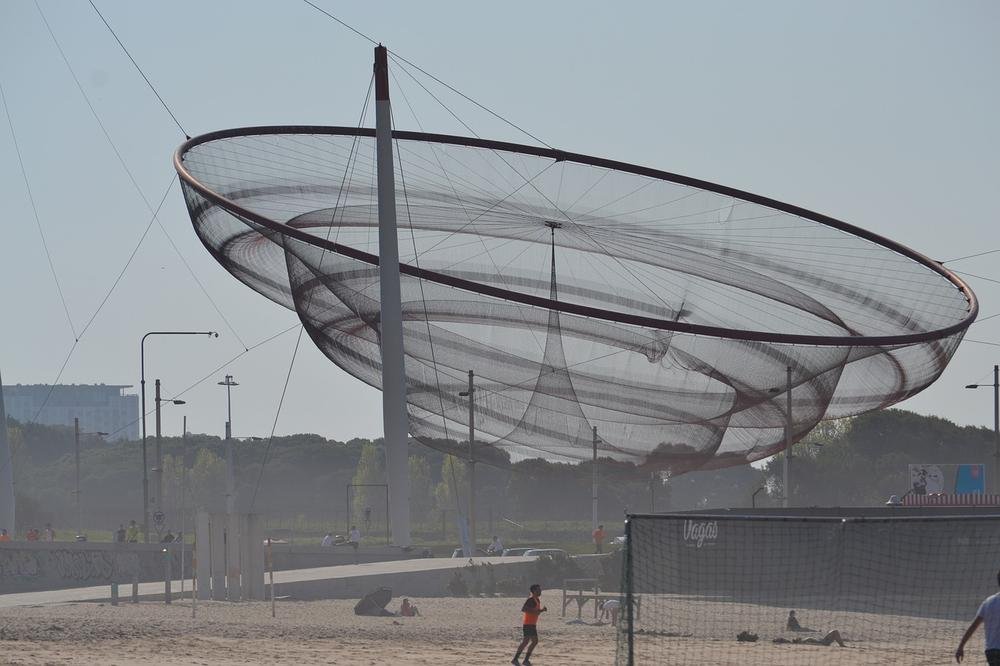
You might overlook Porto’s beaches if the Douro and the Ribeira receive all your focus. On a sweltering day, you can cool yourself in the air and put your toes in the chilly Atlantic. There are at least 10 options to pick from, several of which display the Blue Flag each year if you want to include some of the remote beaches only a few minutes from the city. The closest is Matosinhos, which is just past Parque de Cidade and has a sizable bay that appears to have no end during low tide. Don’t discount Miramar, which boasts a charming 17th-century chapel on the rocks between its enormous golden sandy beaches, if you’re willing to drive a little.
Jardins do Palácio de Cristal

This was the location of Porto’s Crystal Palace, a replica of the monument in London that stood here from 1865 to 1961. The German landscape architect Émile David designed these gardens to go with the palace. There are still fountains and statues depicting the seasons that follow his original concept. There are ginkgo, pine, camellia, rhododendron, and beech trees in the gardens, and you might come across a few peacocks on your journey. The semi-spherical Pavilho Rosa Mota, which has previously hosted exhibitions but is undergoing renovation, has taken the place of the old palace in the park’s centre.
Luís I Bridge
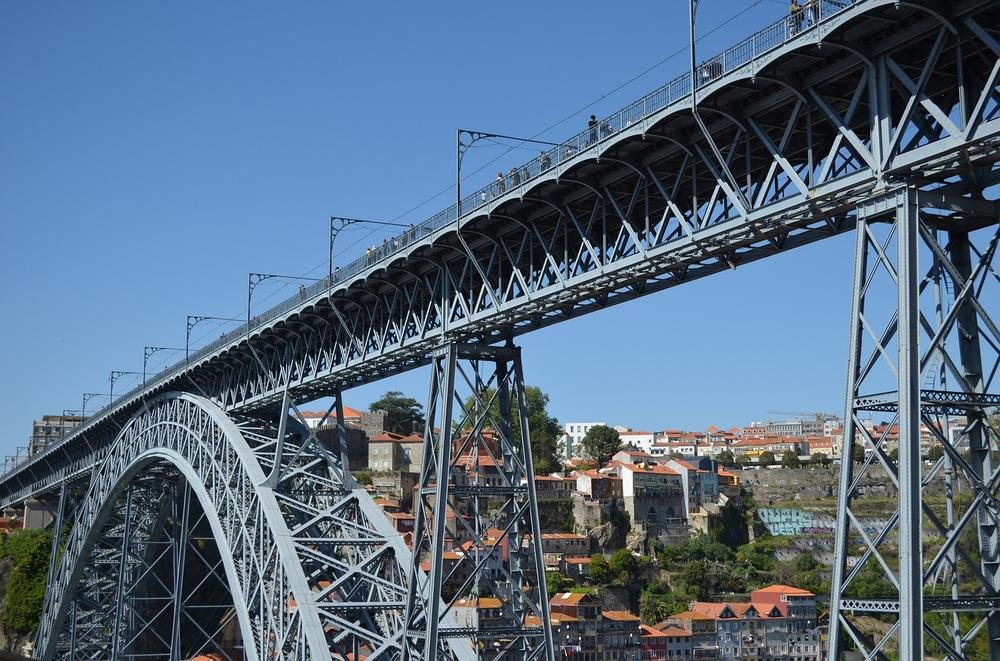
This twin-level metal arc bridge, a prominent industrial landmark for Porto, was built in 1886. Théophile Seyrig, a German engineer and cofounder of the Eiffel Company, came up with the idea. The nearly 45-meter-high bridge spans the Douro’s stony, steep banks. From the top level, you can see the Cais da Ribeira, which is where the light train of Porto stops. Then, to descend to the water’s edge, you may board the Funicular dos Guindais. If you’re still not seen enough, you can cross on the lower deck to avoid hitting any oncoming pedestrians or local cars.
Casa da Música
.jpg)
The Casa da Msica performance hall, which debuted in 2005, is a beloved contemporary addition to Porto’s urban landscape. The design was overseen by Dutch architect Rem Koolhaas and high-tech scenography and acoustics companies. One of the few music venues that are interesting to visit even when there are no performances is this one. You may take a tour of the 1,300-seat theatre, which defied convention by having two walls made entirely of glass and rewrote the book on auditorium design. You may hear the symphony practising on some days, and if that whets your appetite for high culture, you may dress up for an evening performance by the Porto Symphony Orchestra and notable soloists.
Foz do Douro
.jpg)
Head to the stylish neighbourhood of Foz do Douro, where the Douro River empties into the ocean, to clear your head. If you’ve been to Nice, you may recognize the pergola and the lengthy promenade lined with palms and pines. The Mayor’s wife fell in love with the Pergola da Foz on the Promenade des Anglais, thus it was built there in the 1930s. The Farol Molhe do Douro lighthouse meanwhile guided vessels in and out of the Douro for 120 years before being deactivated in 2009. Every week, new, contemporary eateries open in this neighbourhood, and there is no more romantic location for a promenade as the sun sets.
Praça da Liberdade
The wide open areas of this Santo Ildefonso square and boulevard feel like a world away from the winding streets of the Cais da Ribeira. The Praça da Liberdade was plotted as a new urban layout in the 18th century and bounded to the south by the Neoclassical Palácio das Cardosas, an 18th-century convent turned hotel. A statue of Pedro I of Brazil, who is regarded as a democratic reformer, is mounted on a horse. The area’s streets are among the most upscale in the city, featuring grand municipal structures, upscale shops, and the Belle Époque Majestic Café on Rua Santa Catarina. Related tour: 3-Hour Walking Tour of Porto’s Secret Sites
Serralves Museum & Villa
.jpg)
A terrific day out can be had in Serralves, which is located to the west of Porto. First up is Casa de Serralves, a beautiful Art Deco home constructed between 1925 and 1944 whose interiors were created by designers including Charles Siclis and René Lalique. The home overlooks opulent terraced grounds with topiaries, manicured lawns, tree-lined pathways, and pergolas. The Contemporary Art Museum, which opened in 1999 and hosts renowned temporary exhibitions, is then on the other side of the park. There are typically four or five on at once for current and former icons of modern and contemporary art, from Joan Miró to Liam Gillick. Online booking: Entry ticket for the Serralves Foundation
Clérigos Church
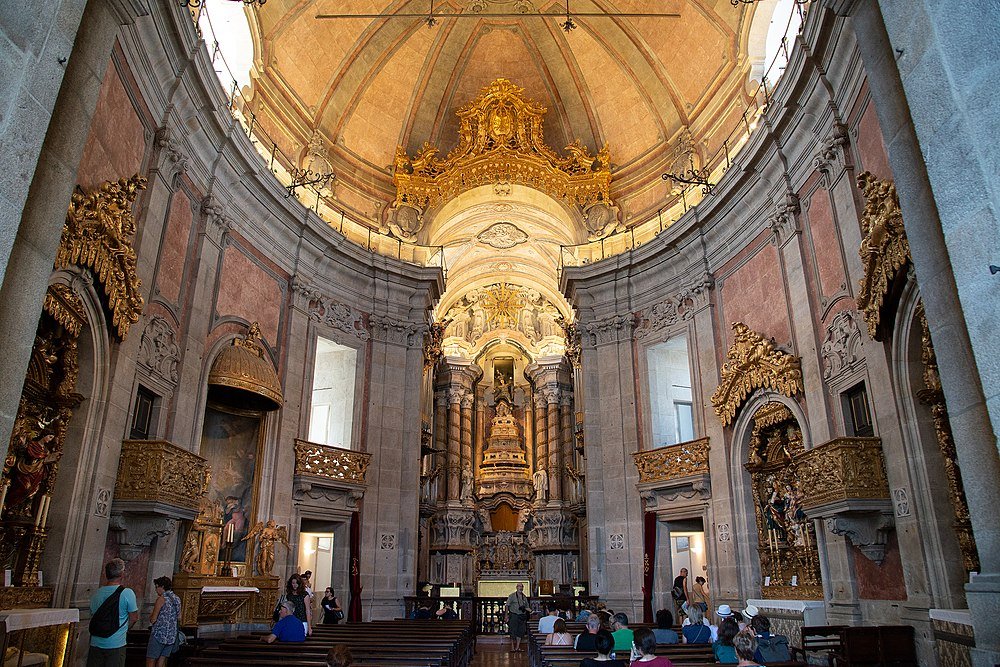
When it was finished, this Baroque church’s 75.6-meter-tall tower was the tallest structure in the entire nation. It can be seen in most sections of Porto. It’s a lovely monument with intricate carvings all the way up, and to read the clock properly, you have to move back a little bit. This portion of the church, which was the last to be finished, was built in 1763, and its style was influenced by Tuscan campaniles. You’ll be rewarded with a full view of the city from the top if you don’t mind the line and the 240 steps. Online booking: Ticket for Entrance to Torre dos Clerigos
Porto Cathedral
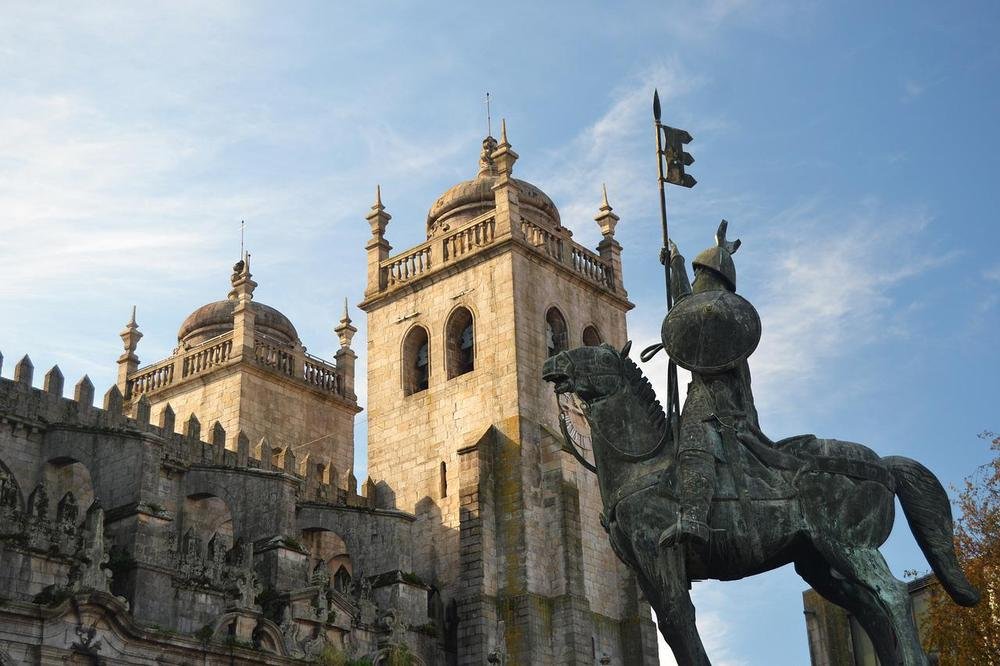
From the oldest area of Porto, this stern-looking structure makes the decisions. You’ll arrive on the Terreiro da Sé, an esplanade that lets you survey the city’s rooftops and monuments like the Clérigos Church Tower. The cathedral has undergone numerous renovations throughout the years, although significant portions of its original 12th-century architecture remain. The buttresses, arrow loops, and crenellations indicate that it served a defensive purpose when it was constructed. The interior has a small Romanesque nave and choir that lead you to the apse, which was given an extravagant Baroque makeover in the 17th century. Related excursion Mayoral Highlights 3-Hour Electric Bike Tour with a Guide
Church of Santa Clara
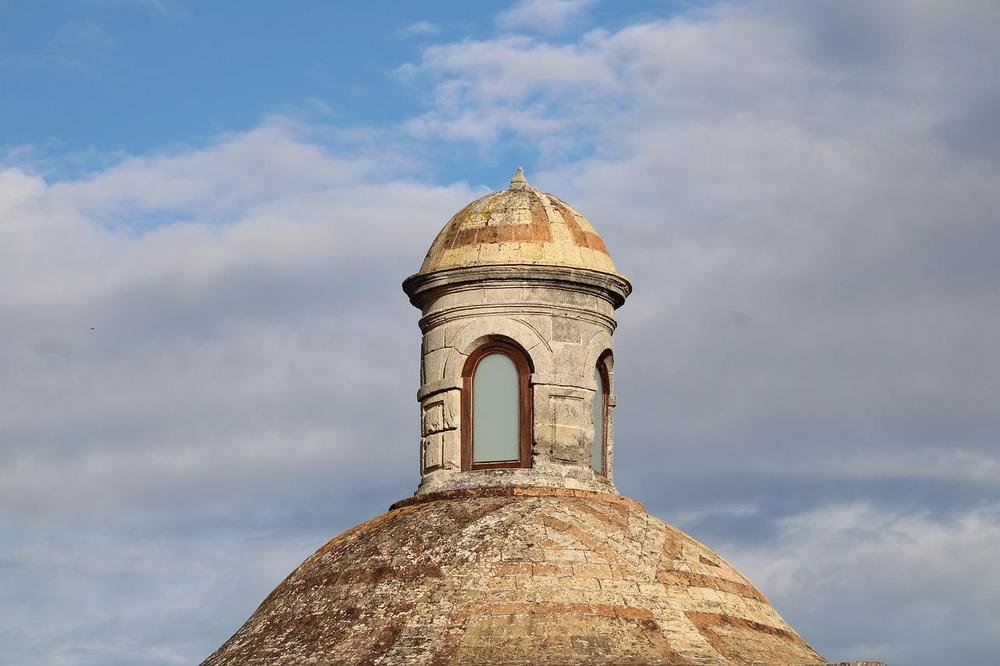
This church was constructed in 1457 to take the place of a medieval convent and is situated next to the most noticeable portion of Porto’s ancient defensive walls. Similar to other ecclesiastical structures in the city, it underwent an ostentatious renovation in the first part of the 18th century. It isn’t easy to take it all in as the gilded wooden carvings on the walls and the golden mouldings on the vaults shine against the red marble. This design, which dates to the era of John V, when the Portuguese Empire was at the height of its wealth, is known as “Barroco Joanino” in Portugal.
Palácio da Bolsa

Following the destruction of its cloisters during the Siege of Porto in 1832, Porto’s original stock exchange was constructed next to the Church of San Francisco. The Neoclassical exterior was completed by 1850, while the eclectic interiors were embellished up until the turn of the 20th century. To fully appreciate the sculpture, decorative carvings, plasterwork, frescoes, chandeliers, and tiles, you must enter. The massive Pátio das Naçes courtyard is illuminated by an octagonal metal and glass roof, while the stuccoed Moorish Revival Salo rabe is almost overwhelming. Palacio da Bolsa Guided Tour is a suggested tour.
Cais da Ribeira
.jpg)
Porto’s riverbank district is a very attractive piazza where tourists and locals mix, a touch chaotic but a lot of fun to explore. Every corner has a bar or restaurant, and the riverbank stroll is no exception. If you slip through the arcades, you can find a perplexing maze of steep stairs and stairways between pastel-painted houses in various states of repair. From here, you’ll have a fantastic view of the famous Lus I Bridge. In recent years, the Cais da Ribeira has undergone a little sprucing up, and information boards have been set up to teach you about the people and companies that called this area home when it was Porto’s commercial hub.


